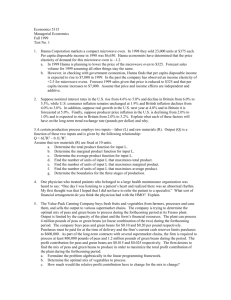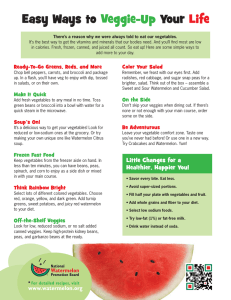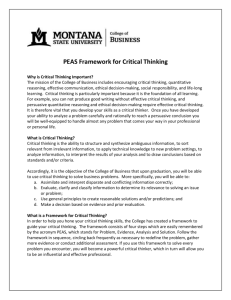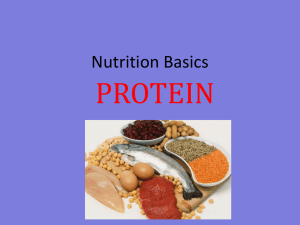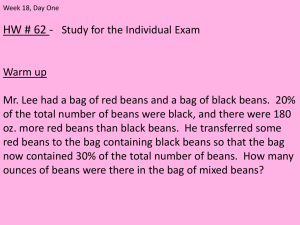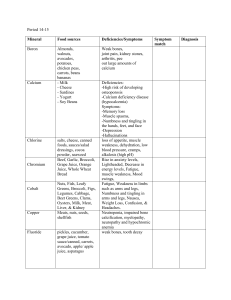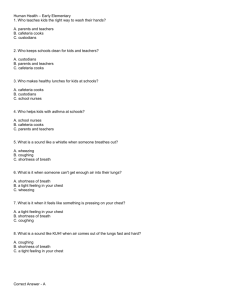Pulses or legumes
advertisement
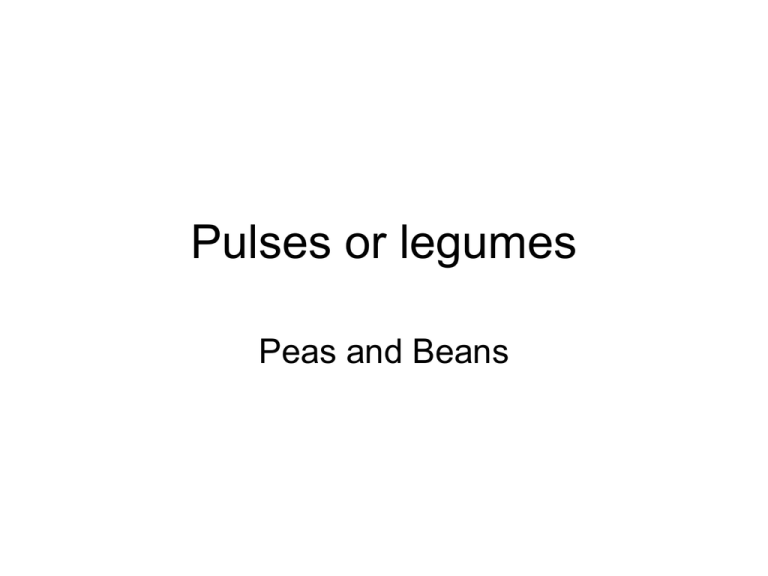
Pulses or legumes Peas and Beans Fabaceae • Second most important family for humans • A combination of grain and pulses is seen in major civilization – Barley and lentils; rice and soybeans; corn and beans • Fabaceae is diverse and has about 16,000 species • Common features are the flowers and fruits (a legume) Fabaceae • Three subfamilies – Faboideae – main source of pulses (Dried seeds) – Caesalpinoidae – tamarind and carob • Plants have root nodules – increases the nutrients of the soil – More protein in the fruits – Non-protein amino acids (some toxic) – Good rotation crop Nutrients • Protein: CHO: fat: fiber are 20:70:8:4 percent. • Protein: lack Met and cysteine and some sulfur containing amino acids • CHO: raffinose and stachyose series. Hard to digest, flactulence. Alpha – galactosidase from Aspergillas. • Fat has unsaturated fatty acids; hihgest in peanuts Nutrients • • • • • Non-protein amino acids Some have anti-nutritional factor Protease inhibitor Isoflavone Dissolve fiber Lentils • Lens culinaris –Shape of eye lens. 25% proteins, 60% CHO, less than 1% fat vit A &B abd calcium • Middle East between 8000-9000years ago • Domesticated • Has most digestible and most commonly eaten pulse Peas • Pisum sativum • Near East and Europe, 8000 – 9500 years old but not sure whether grow or gathered. • Brought ot New world by Columbus • Eaten fresh • Chinese snow peas has low fiber and selected 17th century • Sugar snap peas – recent 1979 Broad beans • Vicia faba: mainly hog feed • Middle East origin • Favism: hemolytic anemia; due to defective gene; glucose-6-phosphate dehydrogenase; due to vicine that oxidizes and degrades RBC Chickpeas • • • • Cicer arietinum: forage has toxic proteins Near Eastern Do not like cool climates Quality and easily digestible proteins Soy beans • • • • • Glycine max: Native of China High is proteins sulfur containing ones Isoflavones: genestine; daizein Phytosterols Antivitamins; protease inhibitors; cyanogens; saponins Pigean peas • Cajanus cajan Black-eye peas • Vigna unguiculata Lima beans • Phaseolus lunatas/limensis • Lima; kidney or garden beans(P.vulgaris); green or mung beans(P. aureus); blackgram (P.mungo) Peanuts • Arachis hypogea: pedicles enter the ground for fruit to mature • Unique flowering and fruiting • 45% oils; 20-25% proteins; • South America – origin • Mainly used as roasted seeds; peanut butter and oil Tamarind and carob • Tamarindus indica • Ceratonina siliqua
